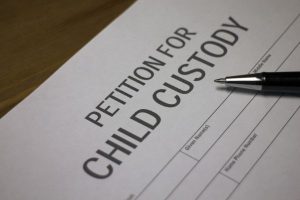Helping Kids Avoid Unhealthy Reactions to Your Divorce
 Children obviously experience emotional reactions to their parents’ divorce. Oftentimes, these reactions develop into harmful narratives that children internalize or project on others. These reactions can range from clinging to false hope of a reconciliation between their parents to blaming themselves for the breakup of the marriage.
Children obviously experience emotional reactions to their parents’ divorce. Oftentimes, these reactions develop into harmful narratives that children internalize or project on others. These reactions can range from clinging to false hope of a reconciliation between their parents to blaming themselves for the breakup of the marriage.
Despite worrying about the effects it might have on the children, divorce is the only option for some couples. To help their children accept divorce in a healthier way, parents need to truly understand what their children are feeling. For a look at four common reactions children may have to divorce, and how parents can change those reactions from harmful to healthy, read “4 Common Ways Kids Experience Parental Divorce or Breakup.”
 New Jersey Family Law Blog
New Jersey Family Law Blog










